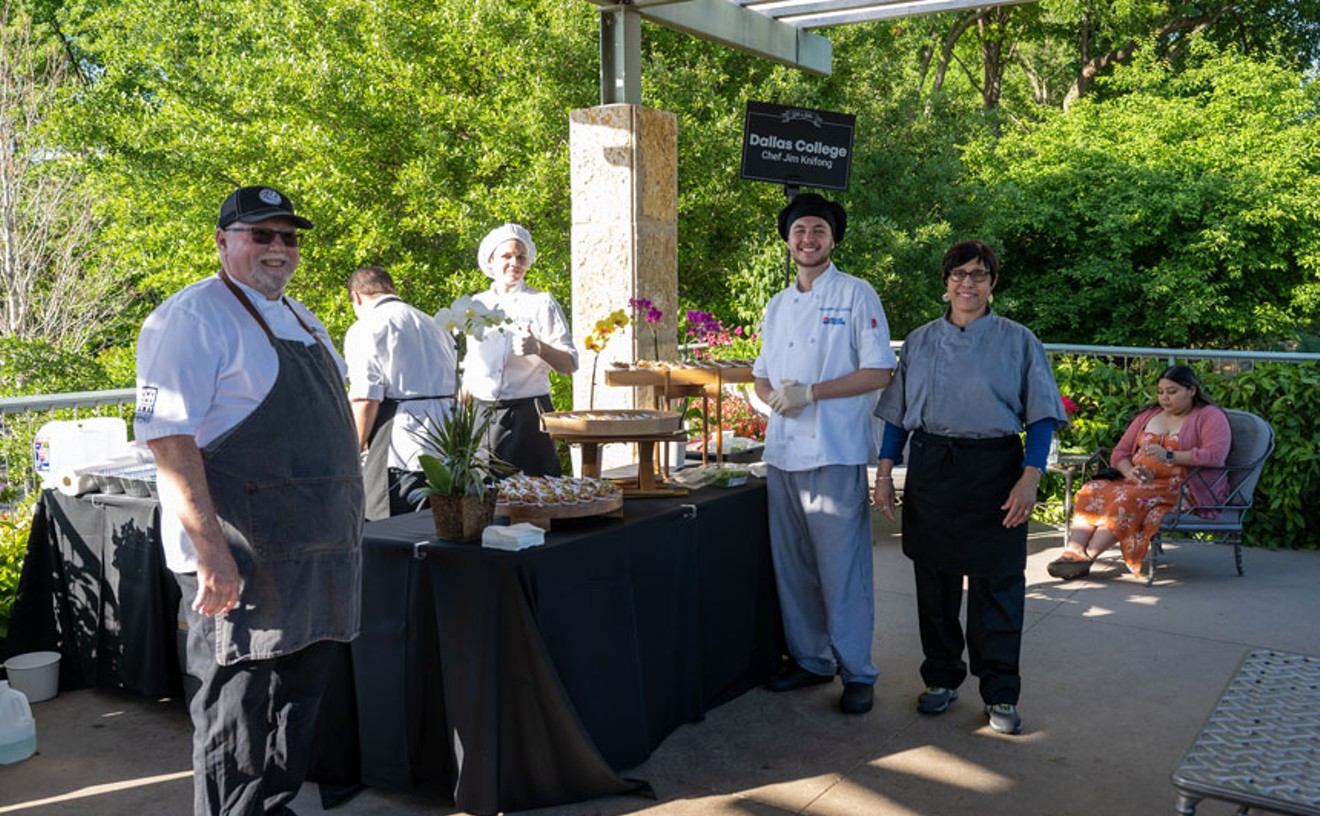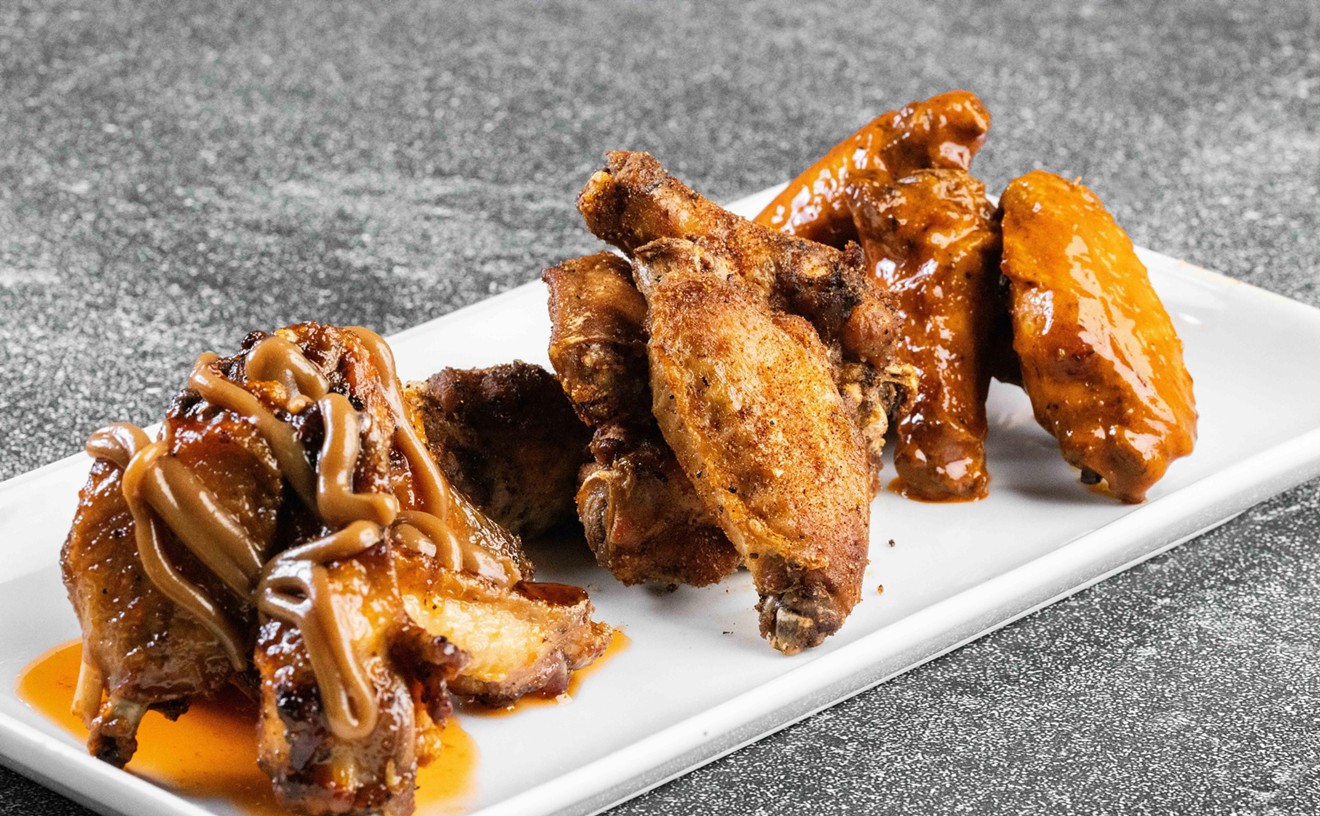If Memory Serves chronicles moments from my dining past.
Eating in the Baltics is a series of gut-wrenching, 'please let dinner end' experiences punctuated by a few surprising moments when you think nothing could be better.
For example, I barely survived a dish they call 'zeppelins'--in this particular case a heavy mound of potato dough molded around unseasoned mystery meat and boiled, then dressed with a sauce of bacon grease and sour cream. People serve it in more palatable ways, but this was my introduction.
To explain the surprises, though, I have to go back to a July afternoon going on ten years ago, one of those cool, damp and gray summer days in Lithuania. I was sitting in an old barn, its doors flung open, watching the skies drip and snacking on fresh farmer's cheese with the very person who made it.
I wish I could relive the moment, for there's no better way to experience this style of cheese than when surrounded by sodden Lithuanian fields in air infused with earthy barnyard aromas.
That's full-on terroir.
When you're immersed in wet hay, manure, and wood and all, the clean,
milky flavor and muted white hue of Lithuanian farmer's cheese stands
out. Of course, families use different recipes and techniques for
making the curd. In general, however, it's just full fat milk and
buttermilk heated until curds form, at which point it is pressed--often
in a kitchen sink--until excess liquids drain out. No spinning, aging
or pasteurization required.
This method produces a cake rubbery yet soft in texture and
extraordinarily mild in temperament. In the old days, Lithuanians would
serve this with home preserved berries (or fresh, when available)--the
rich juice works remarkably with creamy cheese--or honey for breakfast.
It can also be studded with seed or herbs to create a savory version.
But on this particular occasion, on that small farm southwest of
Alytus, we were eating it plain, accompanied only by shots of fiery
homemade 'brandy.'
I know from experience how quickly shots of that rotgut will affect
your behavior. Oh, but it's a beautiful pairing: the cheese soothing
over some--I mean only some--of the spirit's ragged edges and softening
the intense burn; the brandy's harsh, grassiness asserting itself over
the milky taste.
Just don't consume too much of the hooch. You end up dancing to techno with what may be farm animals.
Anyway, I know I can be an analytical nuisance at times, by nature
deconstructing flavors and tracing origins. But what I really love
about food are such moments of discovery, when the right dish in the
right place makes even the mud and rain and smell of the barn seem
perfect.










